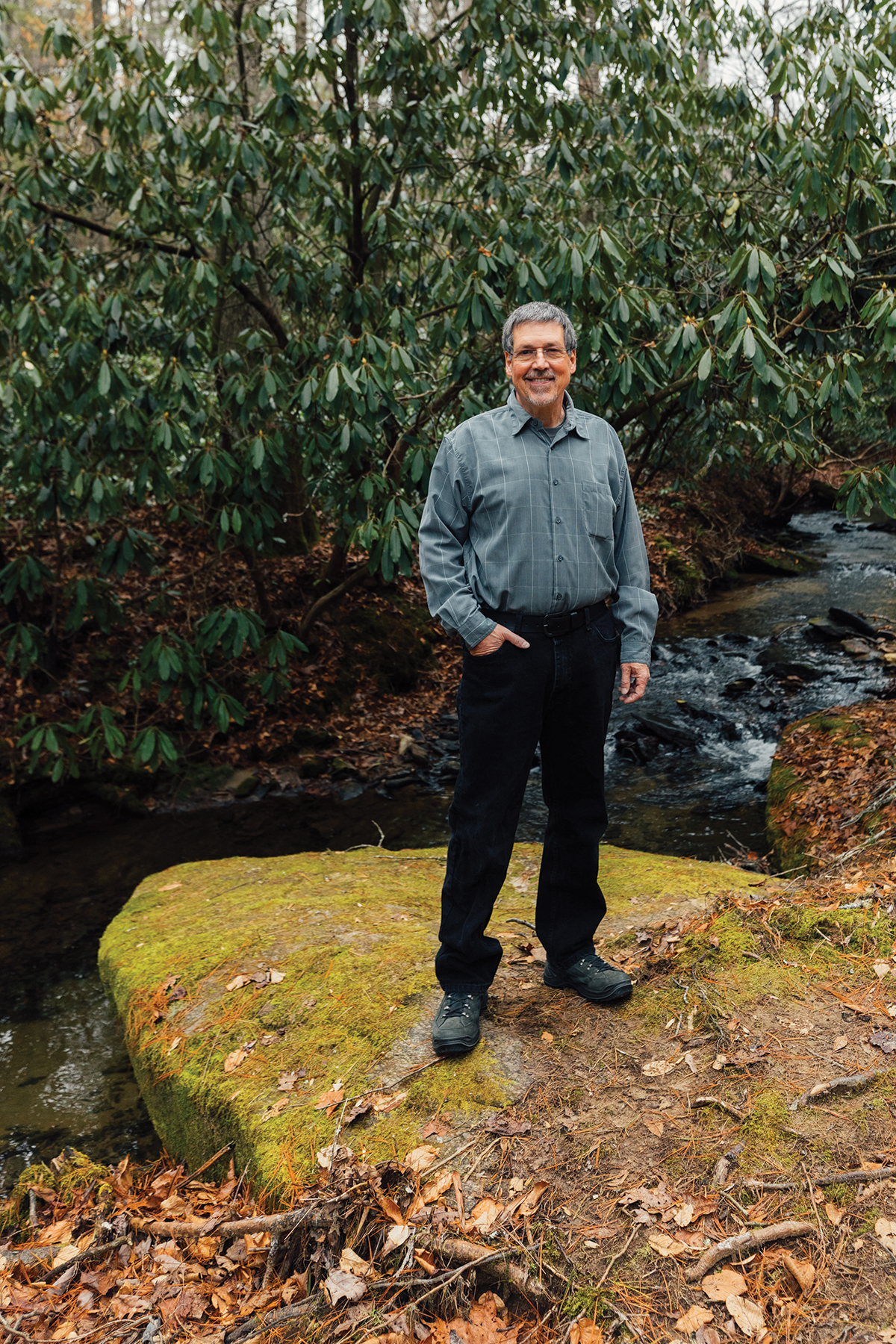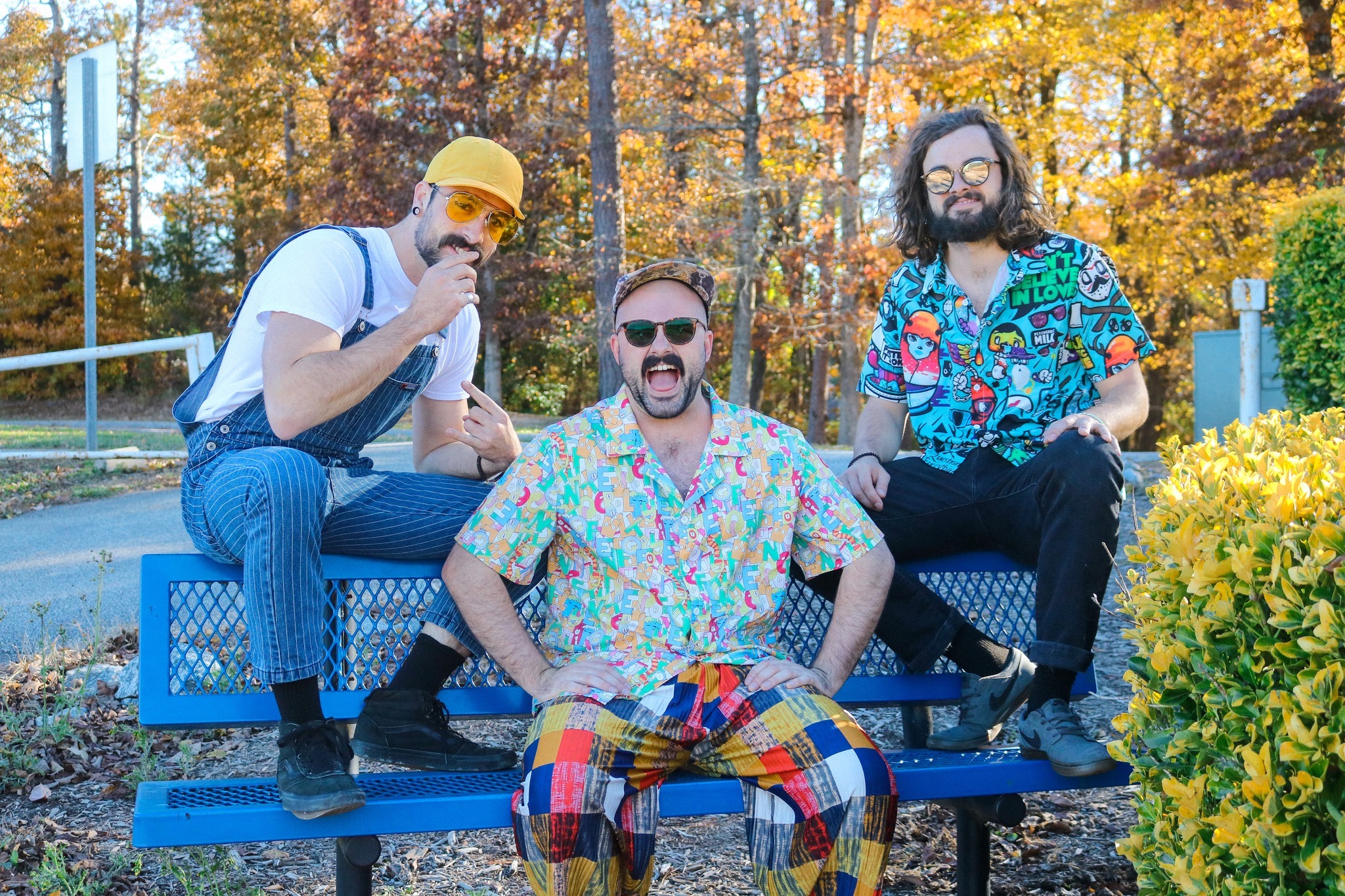Tech-trained photographer learned more in the backcountry

CAUGHT IN THE WILD
Hendersonville photographer Jeff Miller.
Portrait by Rachel Pressley
When photographer Jeff Miller moved 20 years ago to the mountains from Cary, North Carolina, near Raleigh, he hardly expected to find a new profession. But the more rural terrain brought an epiphany of sorts. “In contrast to my previous technology-related career, I discovered the outdoors,” Miller remembers. “I began to explore and photograph nature’s beauty all around me.”
Now, two decades later, Miller has built a widely admired collection of not only the landscapes that so captivated him, but the wildlife that inhabits them and the physical structures that sit on them. Miller has a background in software development and imaging technology, and his pictures take advantage of the nearly infinite possibilities that digital-image processing offers.

Equestrian Energy (Scratchboard Rendering)
Still, it’s what the eye first sees through the lens, an artist’s eye, that Miller taught himself to develop. “Compelling photography reflects a visual structure and language,” Miller says. “Although I’m a technologist at my core, I’m inspired every day to find the artist within me and express myself through my photography.”
Although anyone with a smart phone can take a picture and share it instantly, there’s a big difference between a snapshot and a photograph. “You don’t take a photograph, you make it,” as Ansel Adams famously noted. In other words, the thought and care should be present before the shutter button is pressed.

Heavenly Gaze (Savannah Cathedral)
“The difference between a simple photo and great photography is the extent to which the resulting photo tells a story, makes a connection, or elicits an emotional response,” is how Miller puts it.
His landscapes — a bare tree against a sky brushed with golden light, a lonely country road painted with frosted trees — convey the peace and wonder that Miller experienced on settling in the mountains. Wildlife — owls, bears, foxes — scrutinize us from his pictures as much as we study them. Miller remembers one of his first encounters with a family of red foxes, the need for patience and respect for their well-being in order to capture their essence.
“I learned how to be a respectful and grateful observer,” he says. “I’ve tried to carry that philosophy to all my wildlife photography. I learned that it’s a waiting game, being able to anticipate particular gestures and behaviors.”

Cades Cove Oak
Architectural photography has been another passion, and one that presents its own challenges. “It often demands working with high-contrast subjects and wide angles while maintaining accurate colors and creating a feeling of depth in a two-dimensional image,” Miller observes. “It’s a very rewarding but demanding endeavor.” He’s photographed both residential and corporate interiors, churches, and public spaces for clients, along with a collection of art photography drawn from building details transformed into near-abstract shapes and patterns.
Miller’s enthusiasm for photography led to the creation of Mountain Lens, a retreat for photographers that he built on his own 20-acre property in Henderson County. It was an idea he had more than a decade ago, but which took several years to become a reality as a gathering place for fellow enthusiasts to share their work, develop new skills, and create a sense of community.
Before the pandemic forced the closing of the retreat, Miller taught workshops in digital-processing software, while other instructors took on specialties like macro photography, studio portraits and lighting, and travel photography. “I’ve had the good fortune of working with dozens of photography instructors to create a nurturing environment, where people could elevate their skills and develop relationships with like-minded photographers,” Miller notes.

NYC Reflections
With dozens of workshops removed from the calendar because of the pandemic, Miller had to reinvent Mountain Lens. Two years ago, he turned to online teaching, which in turn led to another idea, called Photographers Village. “It’s an online community that helps photographers transform their photographs by harnessing the power of a passionate community,” Miller explains. “Photographers can share their ideas, questions, and images with others and can actively participate in interviews, presentations, critiques, portfolio reviews, and so on.
“I’m working with a small, outstanding team, and we hope to launch Photographers Village before the end of the year.”
For Miller, the camera lens has drawn him out into the world and to a community that loves to observe, record, transform. “Over the years I’ve noticed that many photographers come from widely different backgrounds,” Miller says. “Some come as artists struggling to learn the technology; and since I come from a technology perspective, I constantly strive to develop as an artist. How wonderful it is that we are meeting here in the middle.”
Jeff Miller, Hendersonville, jeffmillerphotographer.com. Miller also provides an exhibition-quality archival print service for photographers. Contact him at jeff@mountainlens.com or call 828-691-5367.



